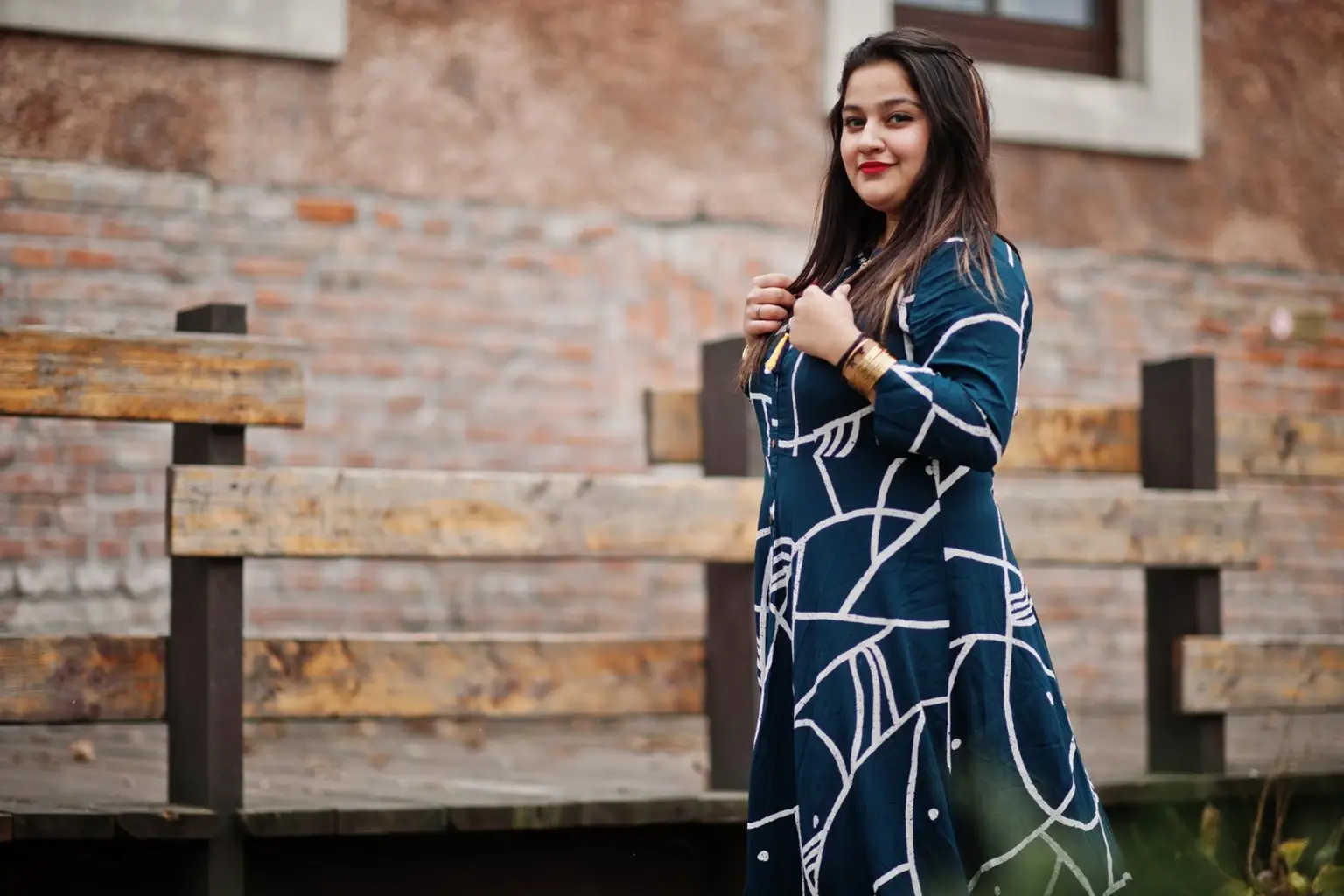
Shopping for women’s clothing size in India has changed dramatically in the last decade. With the rise of online fashion stores, global brands entering the Indian market, and a growing demand for inclusivity, size charts have become more important than ever. The right size ensures not only comfort but also style and confidence. Yet, many women still struggle to figure out their exact fit because sizing differs between brands and regions.
This comprehensive guide explains everything you need to know about women’s clothing sizes in India, including measurement tips, body shapes, conversion charts, and practical shopping advice.
Why Clothing Sizes Matter in India
Unlike some western countries where sizing is more standardized, India has a mix of traditional tailoring and ready-to-wear fashion. That’s why you might notice that a size “L” in one brand feels more like “M” in another. Online shopping adds another layer of confusion because you can’t try outfits before buying.
Here’s why using a size chart is essential:
- Reduces returns and exchanges – Saves time and money.
- Helps compare international sizes – Especially if you shop from UK, US, or European brands.
- Ensures comfort – Right fit means you can move freely without being too tight or loose.
- Boosts confidence – Well-fitting clothes always look more stylish.
Women’s Size Chart for India
Below is a general Indian women’s size chart (XXS to 6XL). Remember, measurements may vary slightly across brands, so always double-check with the brand’s official chart.
| Size | Bust (in) | Waist (in) | Hips (in) | Bust (cm) | Waist (cm) | Hips (cm) |
|---|---|---|---|---|---|---|
| XXS | 30″ | 24″ | 33″ | 76 cm | 61 cm | 84 cm |
| XS | 32″ | 26″ | 35″ | 81 cm | 66 cm | 89 cm |
| S | 34″ | 28″ | 37″ | 86 cm | 71 cm | 94 cm |
| M | 36″ | 30″ | 39″ | 91 cm | 76 cm | 99 cm |
| L | 38″ | 32″ | 41″ | 97 cm | 81 cm | 104 cm |
| XL | 40″ | 34″ | 43″ | 102 cm | 86 cm | 109 cm |
| 2XL | 42″ | 36″ | 45″ | 107 cm | 91 cm | 114 cm |
| 3XL | 44″ | 38″ | 47″ | 112 cm | 97 cm | 119 cm |
| 4XL | 46″ | 40″ | 49″ | 117 cm | 102 cm | 124 cm |
| 5XL | 48″ | 42″ | 51″ | 122 cm | 107 cm | 129 cm |
| 6XL | 50″ | 44″ | 53″ | 127 cm | 112 cm | 134 cm |
How to Measure Yourself Correctly
Most size issues happen because people don’t measure themselves accurately. Here’s a step-by-step guide:
- Bust – Wrap the tape around the fullest part of your bust. Keep the tape snug but not tight.
- Waist – Measure the narrowest part of your waist, usually just above your belly button.
- Hips – Place the tape around the widest part of your hips and buttocks.
- Shoulders – For tops and dresses, measuring across your shoulders ensures a proper fit.
- Inseam – For trousers, measure from the inside of your leg (crotch to ankle).
Pro tip: Always measure over lightweight clothing, not over bulky layers.
Body Shapes and Dressing Tips

Knowing your body shape makes shopping easier. Here are common shapes among Indian women and the styles that flatter them:
- Apple Shape – Fuller midsection, slimmer legs.
- Best picks: A-line kurtis, empire waist dresses, V-neck tops.
- Avoid: Tight belts around the waist.
- Pear Shape – Narrow shoulders, wider hips.
- Best picks: Off-shoulder blouses, flared skirts, sarees with detailed blouses.
- Avoid: Overly tight bottoms without balance.
- Hourglass Shape – Balanced bust and hips with a defined waist.
- Best picks: Wrap dresses, fit-and-flare kurtis, high-waist jeans.
- Avoid: Oversized cuts that hide the waistline.
- Rectangle Shape – Similar bust, waist, and hips.
- Best picks: Peplum tops, belted dresses, layered outfits.
- Avoid: Straight, shapeless clothing.
Indian Fabrics and Fit Considerations
India’s climate and traditional textiles influence sizing choices.
- Cotton & Linen – Natural fabrics with little stretch. Buy slightly looser for breathability.
- Silk & Satin – Elegant but less forgiving. Correct size is essential.
- Rayon & Polyester – Lightweight and drapey, fits closer to the body.
- Knit & Jersey – Stretch fabrics; you may size down if between sizes.
International Size Conversions
If you buy from global brands, use this chart for comparison:
| India | US | UK | EU |
|---|---|---|---|
| S | 4-6 | 8-10 | 36-38 |
| M | 8-10 | 12-14 | 40-42 |
| L | 12-14 | 16-18 | 44-46 |
| XL | 16-18 | 20-22 | 48-50 |
| XXL+ | 20+ | 24+ | 52+ |
Common Mistakes to Avoid
- Relying only on labels – “XL” differs across brands. Always check measurements.
- Ignoring fabric type – A cotton XL and a spandex XL will fit differently.
- Not leaving ease – For Indian summers, looser fits are more comfortable.
- Not considering tailoring – Sometimes buying a slightly larger size and altering gives the best results.
Plus-Size and Inclusive Fashion in India

The Indian fashion industry is finally becoming more inclusive. From size 0 to 6XL, brands are realizing that beauty and style come in all sizes. Plus-size sections are now common in malls, and many online platforms highlight extended sizing.
Inclusivity means more than just larger sizes—it’s about trendy designs, better cuts, and comfortable fabrics for every body type.
Shopping Smart in India
- Always check the brand’s official size chart before ordering.
- Read customer reviews—they often mention whether the product runs “small” or “large.”
- Use filters on shopping sites to select your exact size.
- If in doubt, buy a size up and get it altered.
Final Thoughts
The right clothing size can transform how you feel in your outfits. By understanding your measurements, body shape, and fabric choices, you can shop with confidence both online and offline. Whether you’re choosing a saree blouse, western dress, or casual kurti, fit is everything.
At Flix Blit, we’re committed to making fashion simple, stylish, and inclusive. Our goal is to help every woman in India embrace her shape and size with confidence.